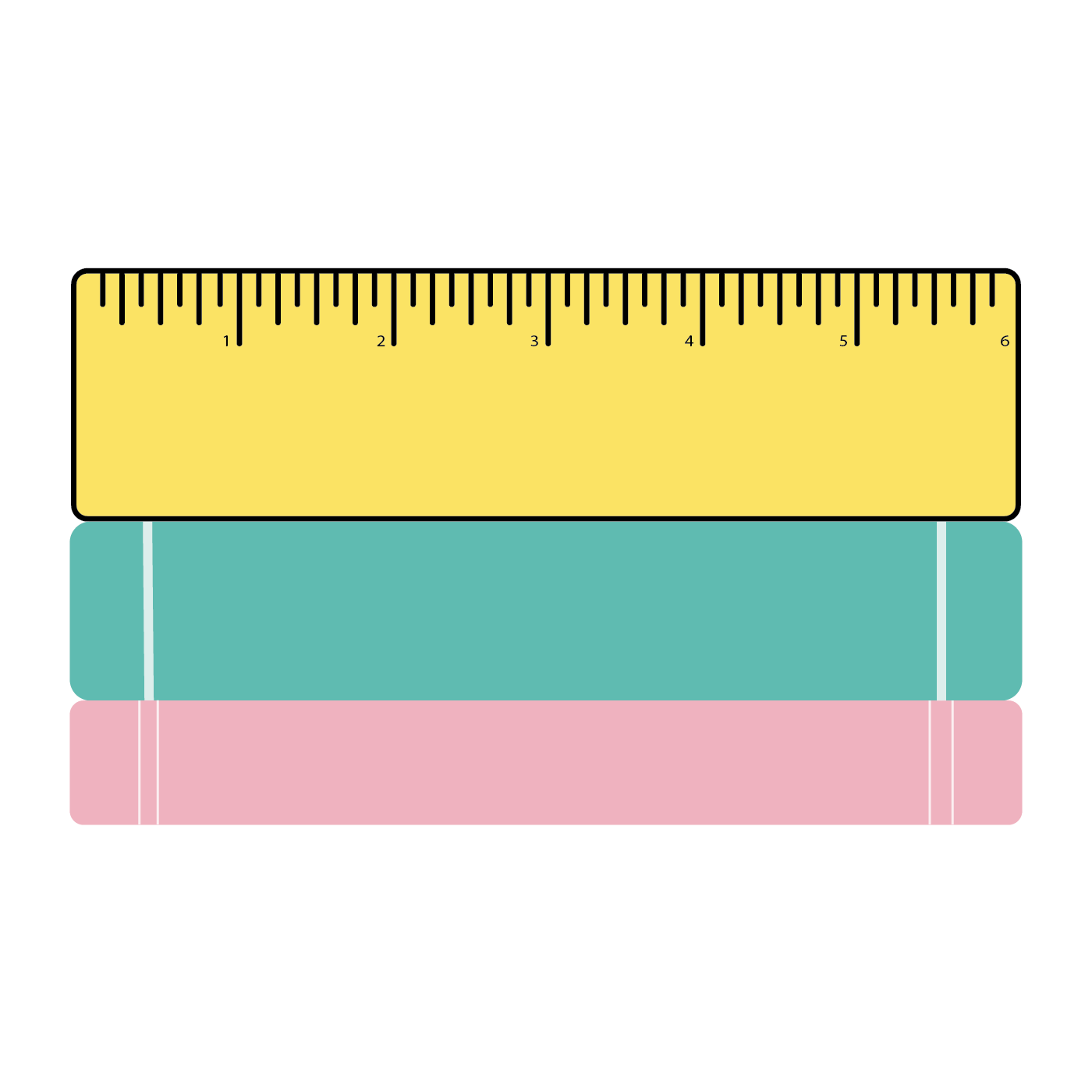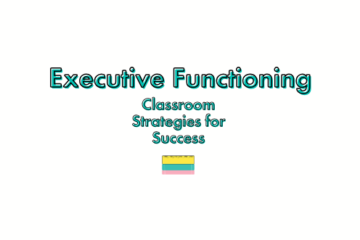In this blog we are exploring the concept of neurodiversity and its implications for teaching and learning.
Keep reading as we discuss strategies for supporting neurodiverse students, creating inclusive learning environments, and leveraging students’ unique strengths.
What is Neurodiversity?
Neurodiversity is the idea that people’s brains work in unique and different ways, and that there is not one “ideal” or “correct” way to function. There is a range that individuals understand and make meaning of their world, and these differences are meant to be understood. Neurodiversity in education outlines the idea that a child’s brain may function differently from their peers, and that this may impact learning and processing.
At Making the Grade Project, we believe that understanding neurodiversity is not only essential to the success of our teachers that we support, but also to their students that they impact. We believe in thinking of this from the very beginning of working with an individual through assessing their Learner Profile – the ways in which they work best. We have found that asking these questions gets individuals curious to reflect on their own learning, and begins a conversation about how they process information and learn best.
Questions to Ask When Creating an Inclusive Classroom
To create an inclusive classroom that incorporates neurodiverse learners, we always ask these questions before we begin any session, class or workshop:
- Is the environment ideal for my learner?
- Things to consider: quiet, lighting, clutter
- Is the schedule ideal for my learner?
- Things to consider: working in chunks, breaks as needed, structure to preview & review
- Do I include various examples of the concepts I am covering?
- Things to consider: visuals, concrete examples
- Does my lesson incorporate feedback & input from the learner(s)?
- Things to consider: frequent questions with various modes of response (ex. Poll, write in or shout out)
- Will my lesson allow for collaboration with peers?
- Things to consider: learners being paired with clear tasks & facilitation
Tools + Resources
Organizational:
Trello – A visual representation of mind mapping – use boxes to sequence tasks, workflows & processes
Technology:
Text Help – Read&Write is a literacy support tool that offers help with everyday tasks like reading text out loud, understanding unfamiliar words, researching assignments and proofing written work.
Accommodations:
Scribd – A space to create how-to explainers & explore millions of forms of digital media in various formats.
Wrapping Up
There is so much more to neurodiversity in the classroom, but we hope this overview serves as a great starting point! By understanding the importance of neurodiversity and implementing effective strategies, educators can empower students to become independent, self-regulated learners. And as we continue to prioritize user perspective in education, we pave the way for students to thrive academically, socially, and personally, preparing them for success in an ever-changing world.
We infuse a neurodiverse approach into our educator support, and provide executive functioning workshops to school districts, colleges, and individuals to assist teachers in providing inclusive lesson planning. Learn more on a complimentary consultation call.


